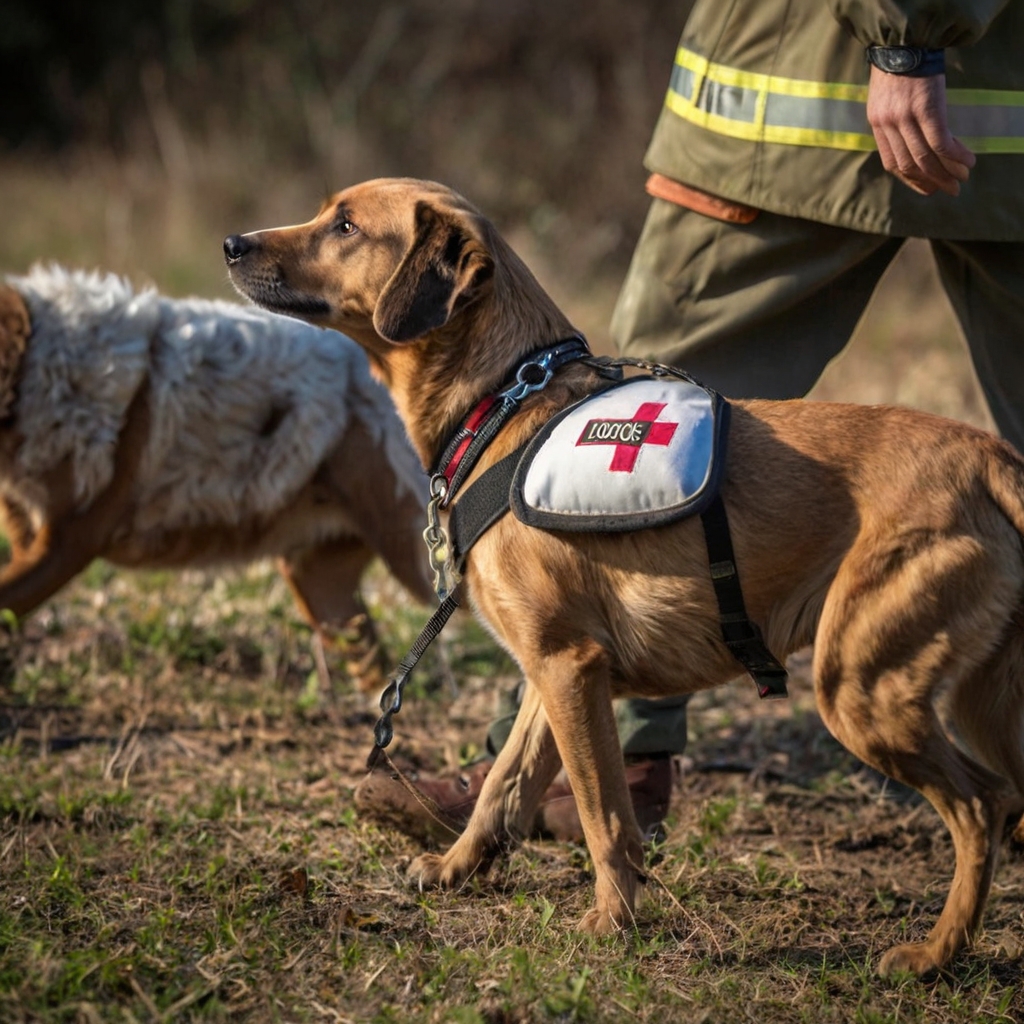Training a dog to detect specific scents during a search is a complex task that requires patience, consistency, and positive reinforcement. The goal of scent detection training is to teach the dog to identify a specific scent, such as a missing person, a cadaver, or a narcotic, and to alert its handler to the presence of that scent. This type of training is commonly used in search and rescue operations, law enforcement, and other fields where the ability to detect specific scents is crucial.
Introduction to Scent Detection Training
Scent detection training involves teaching a dog to recognize and respond to a specific scent, which is typically introduced to the dog through a process called imprinting. Imprinting involves exposing the dog to the scent in a controlled environment, such as a training room or a designated scent article, and rewarding the dog for recognizing and responding to the scent. The goal of imprinting is to create a strong association between the scent and the reward, so that the dog will be motivated to search for and detect the scent in a variety of environments.
Preparation for Scent Detection Training
Before beginning scent detection training, it is essential to prepare the dog and the training environment. This includes selecting a suitable breed or individual dog with a strong instinct to follow scents, introducing the dog to the training equipment and environment, and establishing a strong bond between the dog and its handler. The training environment should be free from distractions and provide a safe and controlled space for the dog to learn and practice its skills. The handler should also be knowledgeable about the principles of scent detection and the training methods used to teach the dog.
Training Methods for Scent Detection
There are several training methods used to teach a dog to detect specific scents, including:
- Imprinting: This involves introducing the dog to the scent in a controlled environment and rewarding the dog for recognizing and responding to the scent.
- Shaping: This involves gradually building the dog’s skills by rewarding small steps towards the final behavior, such as sniffing or indicating the presence of the scent.
- Chaining: This involves breaking down complex behaviors into smaller components and rewarding the dog for each component, such as following the scent to its source.
- Backchaining: This involves starting with the final behavior and working backwards, rewarding the dog for each step of the process, such as indicating the presence of the scent and then following it to its source.
Introducing the Scent Article
The scent article is a critical component of scent detection training, as it provides the dog with a controlled and consistent source of the scent. The scent article can be a variety of objects, such as a piece of cloth, a sock, or a toy, that has been imbued with the scent. The scent article should be introduced to the dog in a way that allows it to associate the scent with the reward, such as by placing the scent article near a treat or toy. The dog should be allowed to investigate the scent article at its own pace, and the handler should reward the dog for showing interest in the scent article.
Building the Dog’s Skills
Once the dog has been introduced to the scent article and has begun to associate the scent with the reward, the handler can start to build the dog’s skills by gradually increasing the difficulty of the training exercises. This can include hiding the scent article in different locations, such as in a room or outside, and rewarding the dog for finding it. The handler can also introduce distractions, such as other people or animals, to simulate real-world search scenarios. The dog should be rewarded for its efforts and encouraged to continue searching, even if it becomes frustrated or distracted.
Maintaining the Dog’s Skills
Once the dog has been trained to detect specific scents, it is essential to maintain its skills through regular practice and reinforcement. This can include regular training sessions, as well as real-world search scenarios, such as searching for a missing person or detecting narcotics. The handler should continue to reward the dog for its efforts and provide positive reinforcement, even if the dog makes mistakes or becomes distracted. The dog’s skills should be regularly evaluated and adjusted as needed to ensure that it remains proficient in its abilities.
Conclusion
Training a dog to detect specific scents during a search is a complex and rewarding task that requires patience, consistency, and positive reinforcement. By introducing the dog to the scent article, building its skills through gradual training exercises, and maintaining its skills through regular practice and reinforcement, the handler can teach the dog to identify and respond to specific scents in a variety of environments. With proper training and maintenance, a dog can become a valuable asset in search and rescue operations, law enforcement, and other fields where the ability to detect specific scents is crucial.
